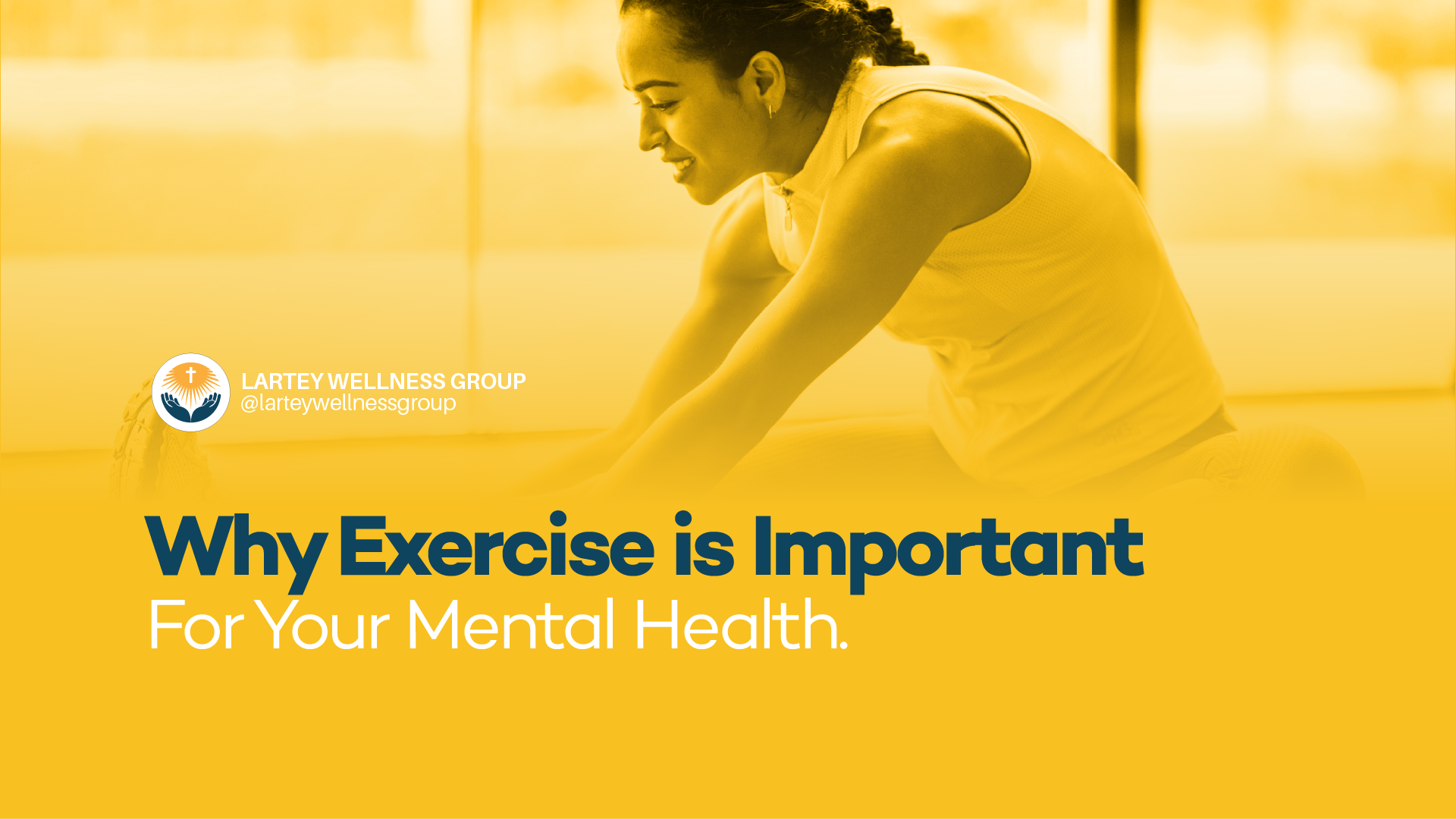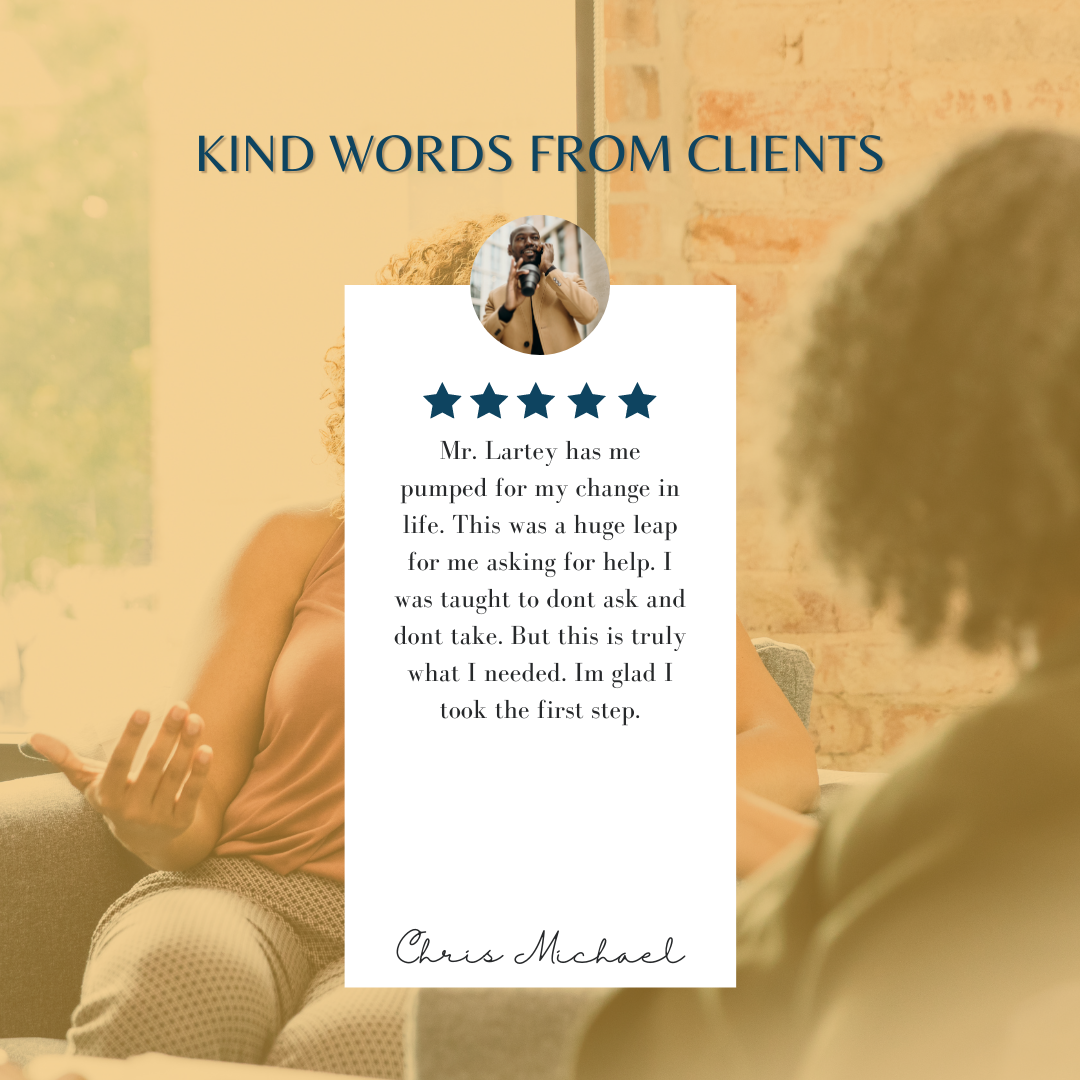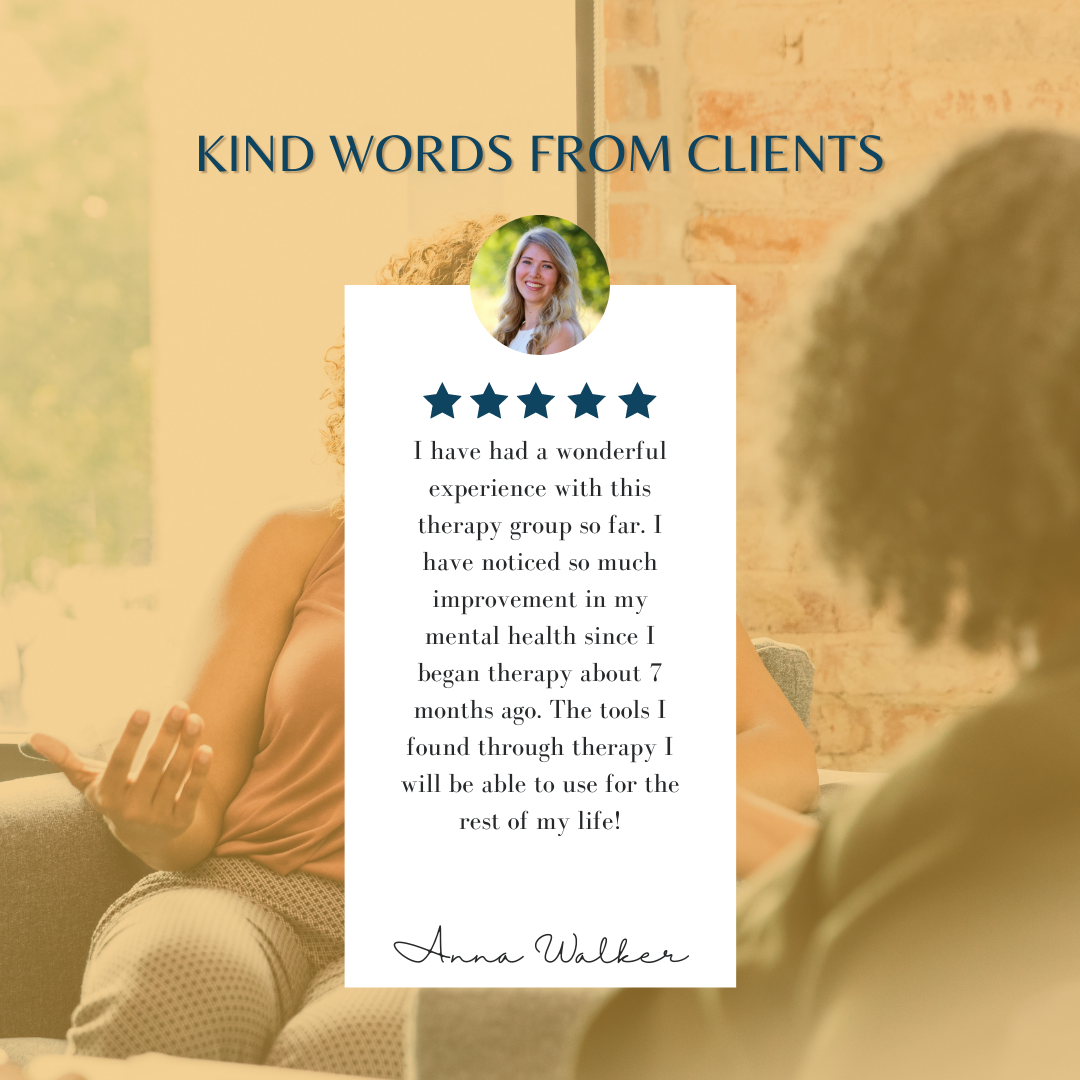Do you often get the feeling that you're under attack? Do you feel like sometimes in your relationships, you are always being blamed?
OR...
Do you find yourself repeating the same conversations over and over again in your relationships yet you still feel like you just aren't being heard?
It's hard to feel heard and understood when you're attempting to communicate your side of things and aren't being recognized or when you feel attacked.
The good news is, you are NOT alone!
Plenty of people experience communication difficulties that often lead to arguments and disconnection due to two common issues, criticism and defensiveness.
First, let's talk about criticism. According to Dr. John Gottman, criticisms are typically described as surmounted resentment and negative feelings that shift towards assigning blame to another person for their perceived mistakes (Gottman Institute, 2023).
Now let's consider defensiveness for a moment. Whenever we feel attacked, rather than consider if there is any truth to the chief complaint against us, we feel inclined to defend our honor and fight back.
Let's look at an example of what the combination of defensiveness and criticism could sound like in action. Consider the following scenario:
Mark and Devin are brothers. They've recently gotten much closer and have decided to get together every Sunday at a sports bar of their choice to watch whoever is playing football over a few drinks.
Mark is a thinker and he loves to always stay one step ahead. So, he plans and schedules all these get-togethers, always ensuring that he's considerate of Devin's travel distance, work schedule, and other events he has planned or upcoming.
Devin is a fun lover who is spontaneous and loves to go in whatever direction life takes him. Occasionally he will change plans at the spur of the moment because he loves to mix things up.
This week Mark has planned for him and Devin to go to a great new vegan sports grill he found in consideration of Devin's recent and sudden dietary shift to veganism a few weeks ago. Monday night after work, Mark researched and called 8 different places to find this spot. Even though it took some time and despite Mark being a dedicated meat eater who LOVES his T-bone steaks, he's willing to try anything once as long as he's doing it with his brother.
Also, for the past few weeks, work has been particularly stressful, so he is truly looking forward to enjoying the Sunday games and having some great laughs with Devin.
This same week on Thursday, Devin gets an unexpected invitation from Daniel, an acquaintance, from work, to physically go to this Sunday's game. The tickets are for seats on the 50-yard line! Devin hasn't been to a game in 3 years so he knows he can't miss this opportunity. He decides to cancel with Mark since he can always just go out with him next Sunday. He starts to draft Mark a text message, but his boss approaches him and assigns him a new task to complete right away, so he decides to text Mark later.
By Sunday morning, Mark is undoubtedly excited and can't wait to let Devin in on the fact that they are going to a Vegan Sports bar this time. He has his Chicago Bears jersey laid out and his brand new J's are fresh to death and ready to debut!
Meanwhile, Devin wakes up Sunday morning and is super pumped and excited to go to the game. After he's put on his jersey, he realizes while scrolling through his texts, that he forgot to press send on his message to Mark letting him know about the change in plans for today. Hurriedly, he calls Mark and explains that he's going to have to cancel.
The conversation very quickly escalates into an argument. Mark is hurt, disappointed, and very upset. He yells at Devin saying, "This is bs man, you're just an inconsiderate jerk! I honestly can't believe you right now!"
Devin feels attacked and immediately gets defensive, saying, "Screw you Mark! You KNOW you would do the SAME thing if you were in my shoes! So whatever, I'm going! If you want to see me, check out the 50-yard line!!"
In a state of anger, they both hang up.
Now they're both upset and disconnected. Neither of them is considering the other's perspective and both are hurt and feel unheard.
So how could this have gone differently WITHOUT criticism and defensiveness?
Well, rather than criticize Devin's character out of frustration, Mark should use an "I feel" statement to articulate his feelings and voice his complaint WITHOUT attacking his brother by saying something more like this:
"Wow, Devin. I feel extremely disappointed and let down. I don't feel like my time and efforts were even considered. Maybe if you could have let me know sooner, I could be more understanding, but I feel like this is so last minute and I was really looking forward to blowing off some steam with you. I even found a Vegan Sports bar!"
Now rather than feeling attacked, Devin is able to learn the feelings behind Mark's frustration, and gain empathy and understanding rather than feeling blamed and cornered for his mistake.
Meanwhile, Devin should take ACCOUNTABILITY for the fact that because he failed to communicate sooner, he did pose an inconvenience to Mark, which was likely to upset him since he knows Mark's plans in advance. By taking accountability and owning the mistake, Mark will feel heard as his perspective is recognized rather than dismissed. Devin should sound something like this:
"You're absolutely right Mark, and I'm really sorry. I meant to reach out to you sooner and I got distracted by my boss. By the time I realized it was too late, I wanted to call. I promise to try to be more considerate next time, and hey we can try the new Vegan place next Sunday if you're still up for it. Again, I'm really sorry, it was a last-minute offer that I couldn't refuse with seats on the 50-yard line. I hope you can forgive me."
Taking accountability for the things we know we've done can prevent the need for others to criticize our actions or lash out.
Voicing our personal truths with feeling expressions over criticisms can allow us to be better received and increase the likelihood of accountability occurring in naturally in our relationships.
So instead of becoming defensive or criticizing hurtfully, try these methods instead to help improve your communication and strengthen your relationships the next time you find yourself in a similar situation.





























